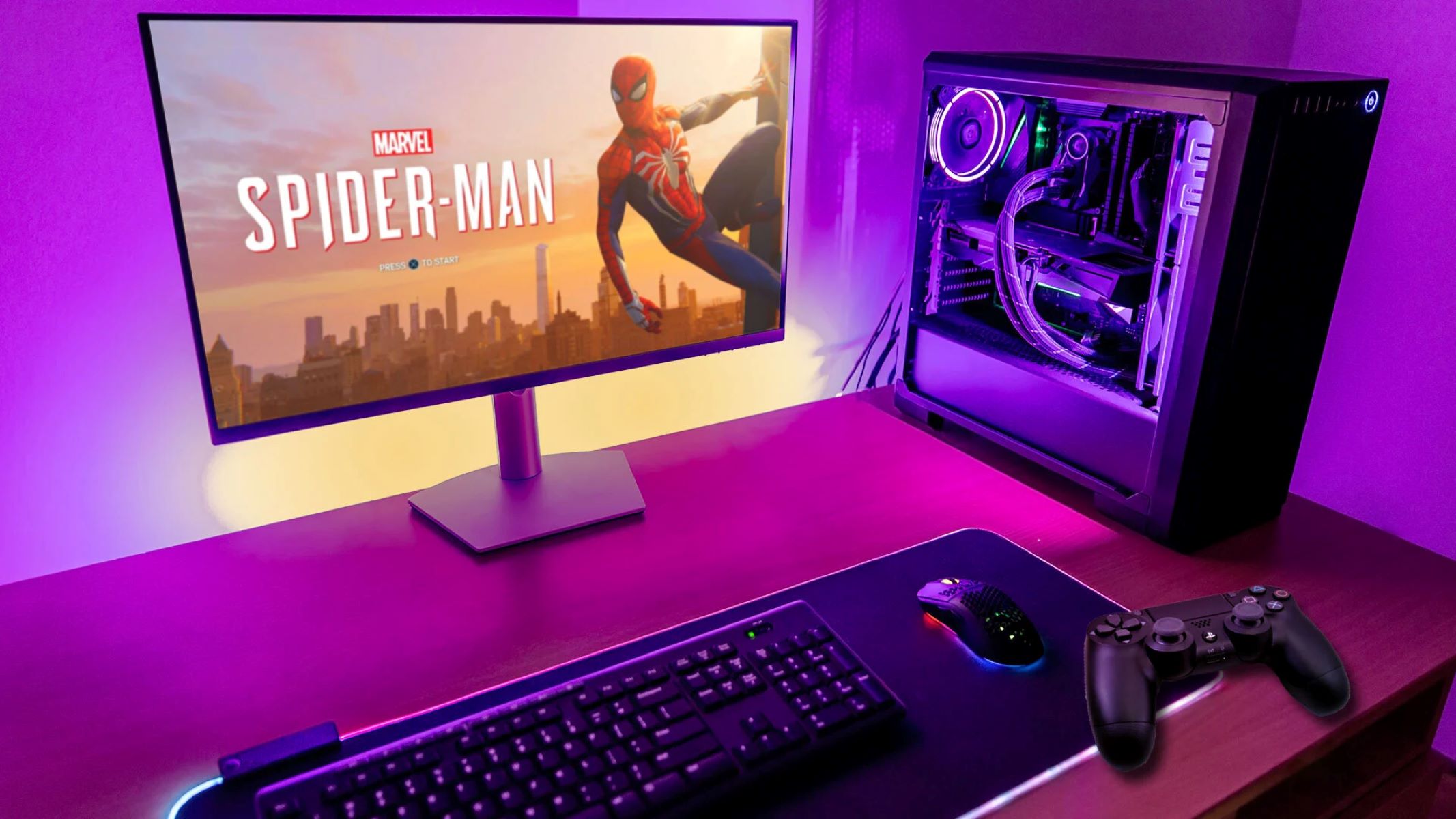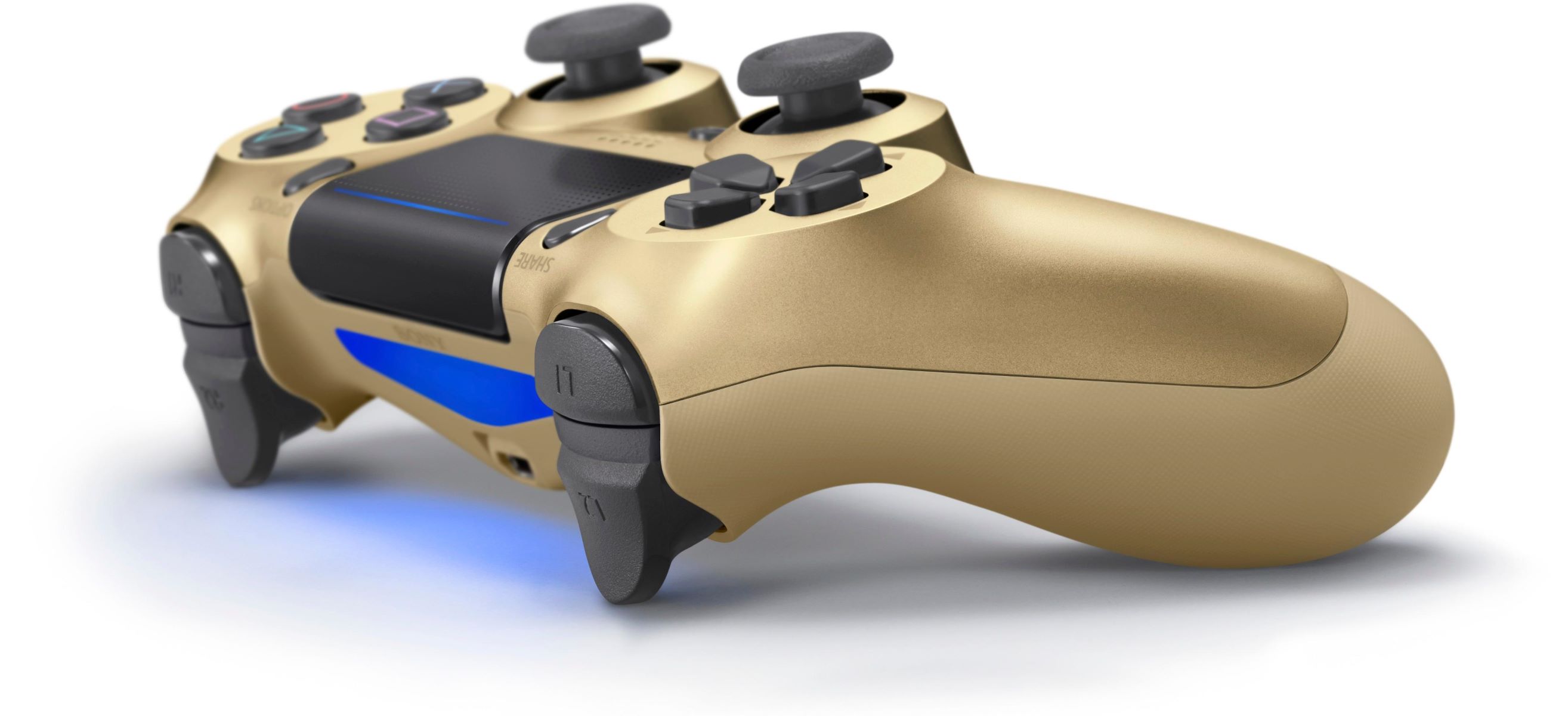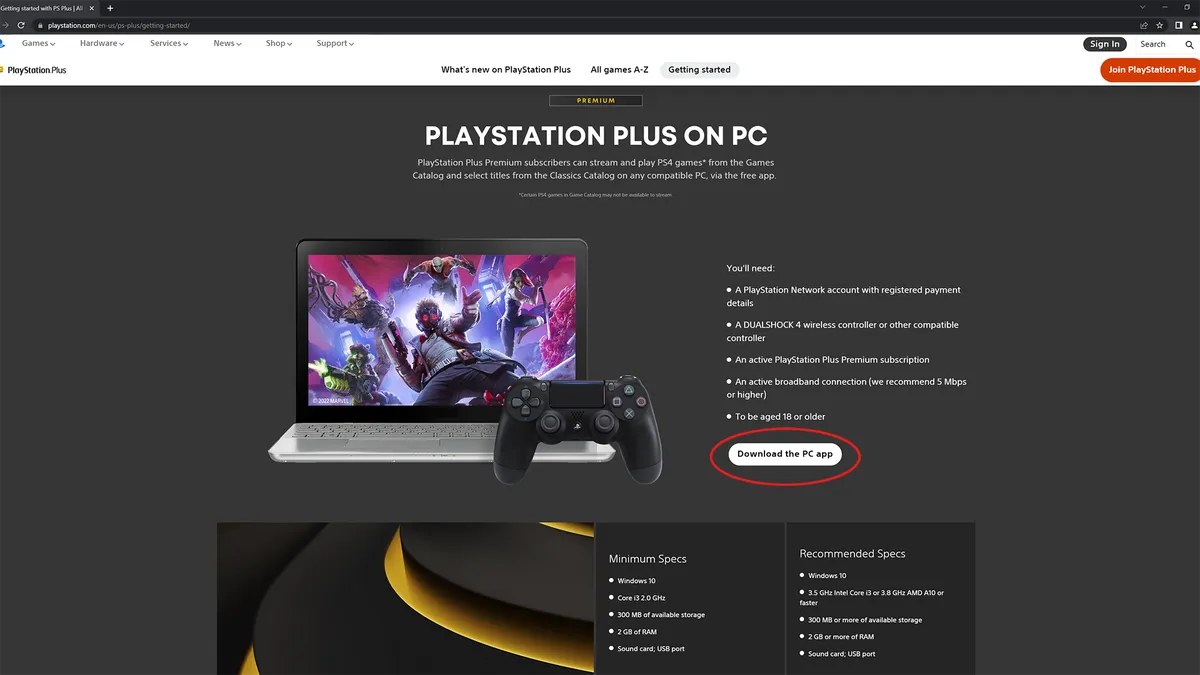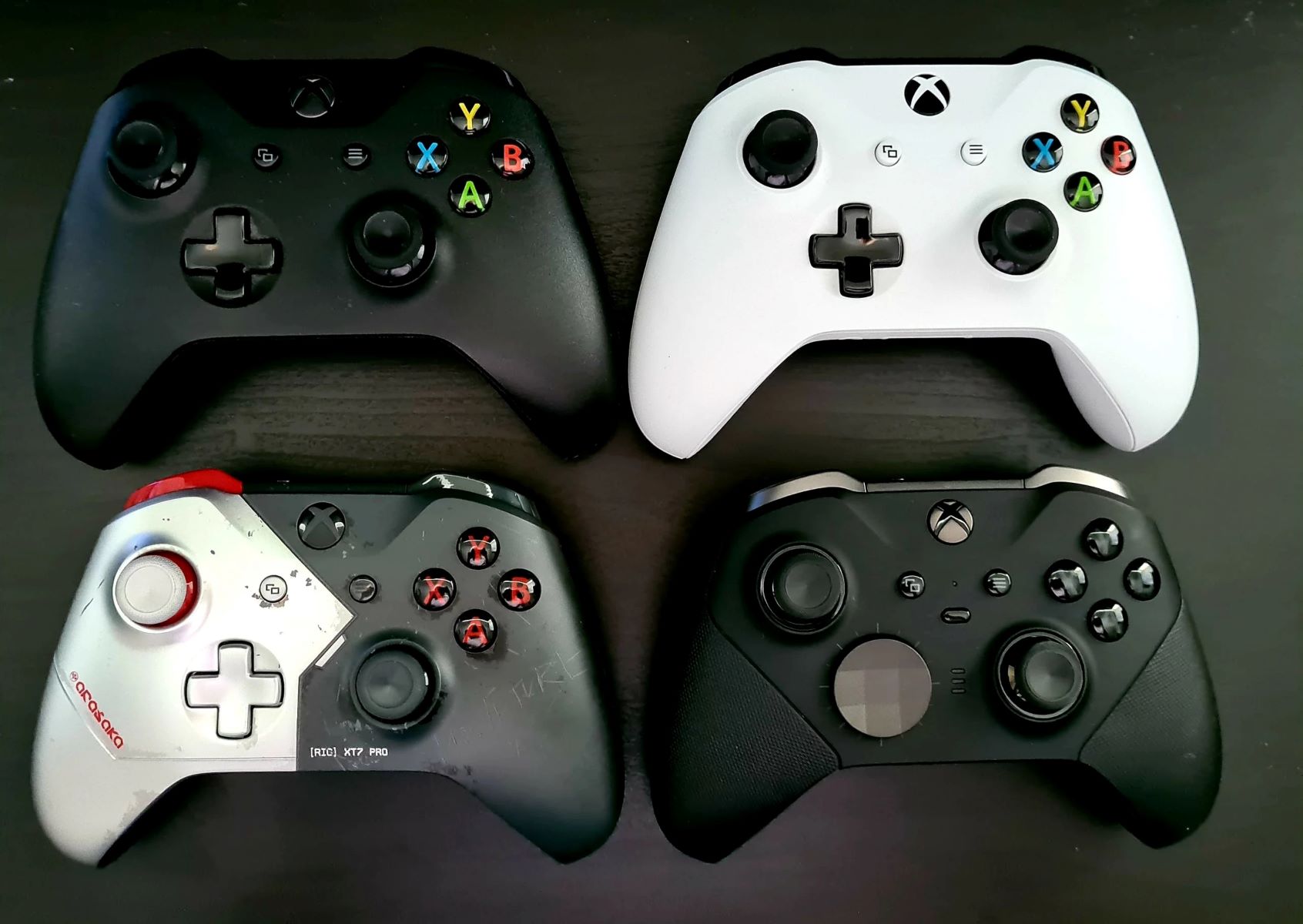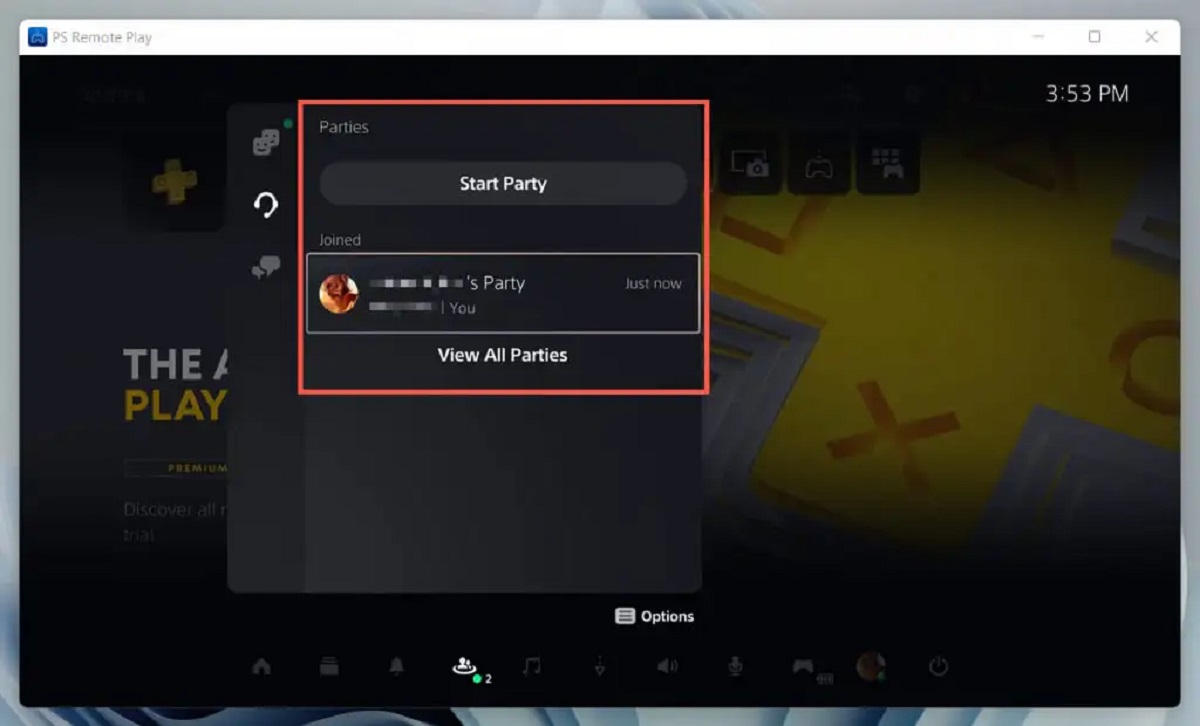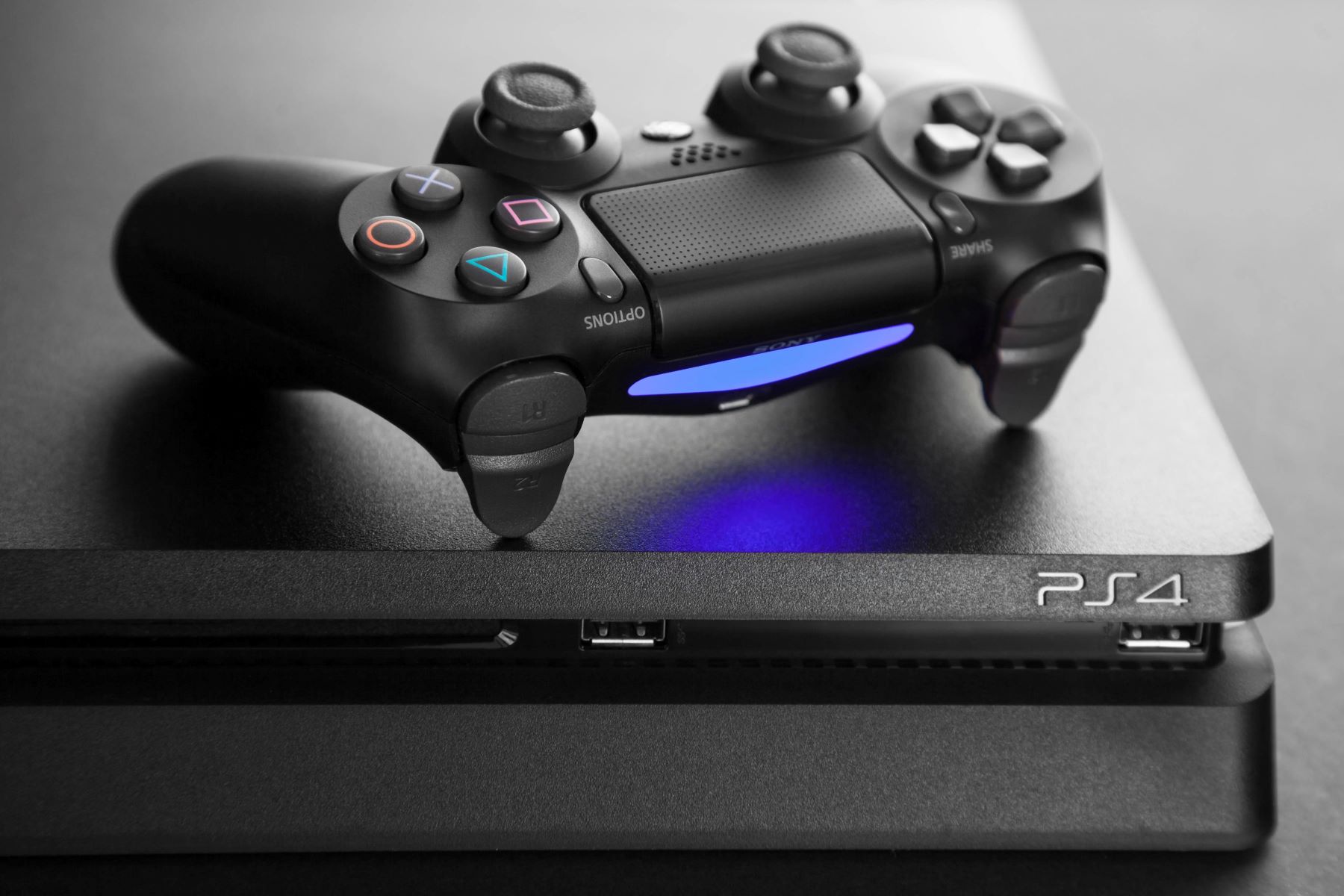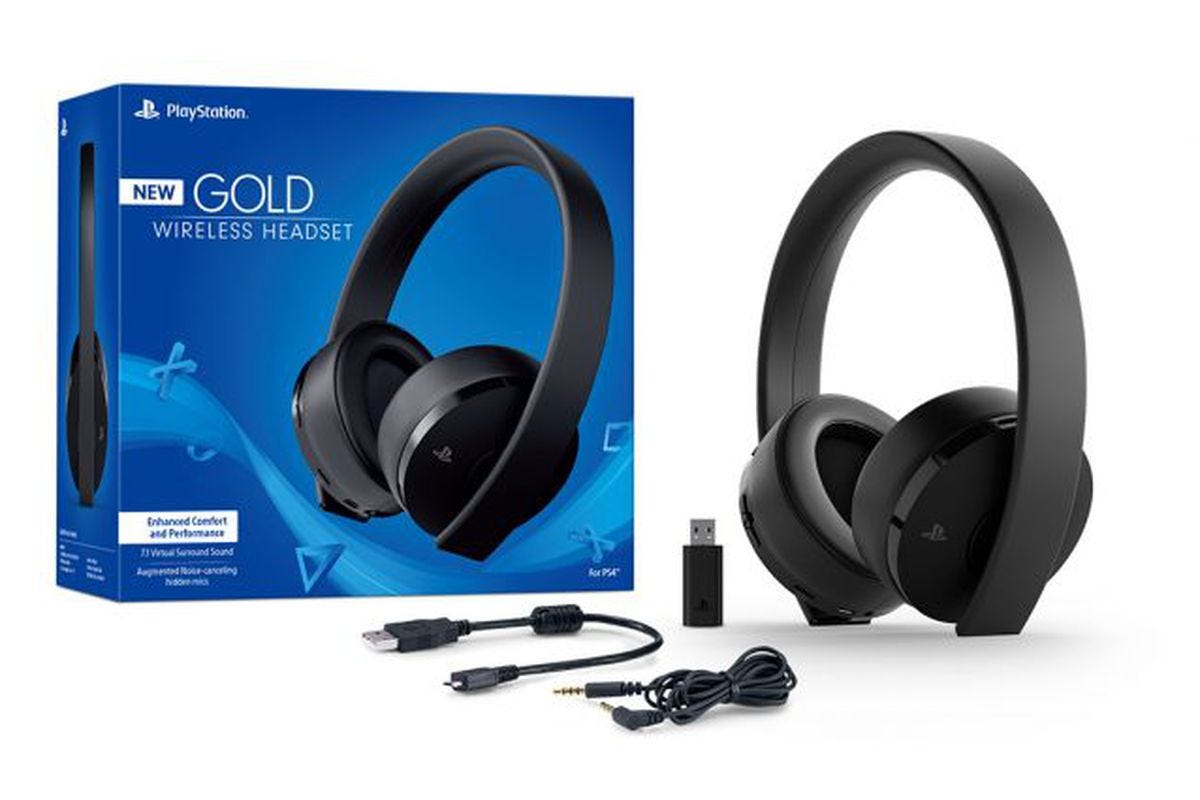Introduction
Connecting a PlayStation game controller to a PC opens up a world of possibilities for gaming enthusiasts. Whether you’re looking to play PC games with the familiar feel of a console controller or you want to utilize the controller for other applications, such as emulators or multimedia software, the process is relatively straightforward. By following a few simple steps, you can seamlessly link your PlayStation controller to your PC and enjoy a more immersive gaming experience.
While the process may seem daunting at first, especially for those new to PC gaming, this guide will walk you through each step, providing clear instructions and tips to ensure a successful connection. Whether you’re using a PlayStation 4 (PS4) or PlayStation 5 (PS5) controller, both wired and wireless options will be covered, allowing you to choose the method that best suits your preferences and setup.
With the increasing popularity of cross-platform gaming and the versatility of gaming peripherals, the ability to use a PlayStation controller on a PC has become a valuable skill for many gamers. This guide aims to simplify the process, empowering you to seamlessly integrate your PlayStation controller with your PC setup and elevate your gaming experience.
Step 1: Check Compatibility
Before embarking on the process of connecting your PlayStation game controller to your PC, it’s essential to verify the compatibility of the controller with your operating system. While newer controllers, such as the PlayStation 5 DualSense controller, are designed to work seamlessly with Windows 10, older controllers may require additional software or drivers to function correctly.
For PlayStation 4 controllers, most modern operating systems, including Windows 10 and later versions, natively support the controller via a wired USB connection. However, when attempting to use the controller wirelessly via Bluetooth, it’s crucial to ensure that your PC’s Bluetooth capabilities are compatible with the controller. Additionally, older versions of Windows may require the installation of specific drivers to enable full functionality.
When it comes to the PlayStation 5 DualSense controller, Windows 10 provides native support for the controller’s basic functions, such as button inputs and analog stick movements. However, to utilize advanced features, such as haptic feedback and adaptive triggers, additional software or updates may be necessary.
It’s also worth noting that while most PC games are compatible with PlayStation controllers, some titles may require additional configuration or third-party software to recognize and map the controller’s inputs effectively. Checking the compatibility of specific games with PlayStation controllers can help prevent potential issues during gameplay.
By confirming the compatibility of your PlayStation controller with your PC and ensuring that the necessary software and drivers are in place, you can proceed with confidence to the next steps of connecting the controller, knowing that potential compatibility issues have been addressed.
Step 2: Install the Necessary Software
Once you have verified the compatibility of your PlayStation game controller with your PC, the next step is to ensure that the required software and drivers are installed to facilitate a seamless connection. Depending on the controller model and your PC’s operating system, specific software and updates may be needed to enable full functionality and optimal performance.
For PlayStation 4 controllers, connecting the controller to your PC via USB typically prompts the automatic installation of the necessary drivers. However, in some cases, especially with older operating systems, manual installation of drivers may be required. These drivers can usually be obtained from the official PlayStation website or through the Windows Update service.
When it comes to the PlayStation 5 DualSense controller, ensuring that your PC has the latest updates installed is crucial for optimal compatibility. Windows 10, for instance, often includes native support for the DualSense controller, but to access advanced features such as haptic feedback and adaptive triggers, installing the latest updates from Windows Update may be necessary.
Additionally, for both PlayStation 4 and PlayStation 5 controllers, certain games and applications may benefit from the installation of specific software or drivers to fully leverage the controller’s capabilities. This may include software that allows for custom button mapping, enhanced vibration settings, or other advanced features that enhance the gaming experience on PC.
By taking the time to ensure that the necessary software and drivers are installed and up to date, you can maximize the potential of your PlayStation game controller on your PC, unlocking a wide range of features and functionalities that contribute to a more immersive and enjoyable gaming experience.
Step 3: Connect the Controller via USB
Connecting your PlayStation game controller to your PC via USB is a straightforward method that provides reliable and immediate functionality. Whether you’re using a PlayStation 4 or PlayStation 5 controller, the USB connection offers a convenient way to link the controller to your PC without the need for additional hardware or complex setup.
To initiate the connection, simply use a standard USB cable to connect your PlayStation controller to a USB port on your PC. For PlayStation 4 controllers, the micro-USB port on the top of the controller is used, while the PlayStation 5 DualSense controller utilizes a USB Type-C port located at the top of the controller. Once connected, your PC should automatically recognize the controller and install any necessary drivers, enabling you to use the controller in supported games and applications.
When using a PlayStation 4 controller, it’s essential to ensure that the USB cable is capable of transmitting both data and power, as some cables may only support charging and not data transfer. Opting for a high-quality USB cable can help prevent connectivity issues and ensure a stable connection between the controller and your PC.
Once the controller is connected via USB, you can verify its functionality by navigating to the “Devices” or “Bluetooth & other devices” settings on your PC. Here, the controller should be listed as a connected device, and you can test its inputs to confirm that it is functioning as expected.
By utilizing the USB connection method, you can quickly establish a reliable link between your PlayStation game controller and your PC, allowing you to seamlessly integrate the controller into your gaming setup and enjoy an enhanced gaming experience with the familiarity of a console controller.
Step 4: Connect the Controller via Bluetooth
Connecting your PlayStation game controller to your PC via Bluetooth offers the flexibility of wireless gameplay, eliminating the need for a physical tether between the controller and your computer. While this method provides greater freedom of movement, it requires specific steps to establish a stable and functional connection.
To begin the process, ensure that your PC has Bluetooth capabilities and that the feature is enabled. Most modern laptops and desktops are equipped with built-in Bluetooth functionality, while others may require the use of a Bluetooth dongle or adapter to enable wireless connectivity.
For PlayStation 4 controllers, initiating the Bluetooth pairing process involves pressing and holding the “Share” button and the PlayStation button simultaneously until the controller’s light bar begins to flash. This indicates that the controller is in pairing mode. On your PC, navigate to the Bluetooth settings and select the option to add a new device. The controller should appear in the list of available devices, allowing you to pair it with your PC.
When connecting a PlayStation 5 DualSense controller via Bluetooth, a similar process is followed. Press and hold the Create button and the PlayStation button simultaneously until the controller’s light bar begins to flash, indicating that it is ready to pair. On your PC, initiate the Bluetooth pairing process and select the DualSense controller from the list of available devices to establish the connection.
Once the controller is successfully paired via Bluetooth, it should be recognized by your PC as a connected device, allowing you to use it in compatible games and applications. It’s important to note that while Bluetooth connectivity provides wireless convenience, it may introduce slight input latency compared to a wired connection, particularly in fast-paced gaming scenarios.
By connecting your PlayStation game controller to your PC via Bluetooth, you can enjoy the freedom of wireless gameplay, enhancing your gaming experience with the familiar feel of a console controller while maintaining the flexibility to play from a distance.
Step 5: Test the Controller
After successfully connecting your PlayStation game controller to your PC, it’s essential to test its functionality to ensure that it operates as expected in various games and applications. Testing the controller allows you to verify its responsiveness, button mapping, and overall performance, providing confidence in its suitability for your gaming needs.
Start by launching a game or application that supports controller input on your PC. Many modern PC games offer native support for PlayStation controllers, recognizing the controller’s inputs and providing seamless integration for an immersive gaming experience. Alternatively, you can use software that allows you to test and customize the controller’s inputs, ensuring that each button, trigger, and analog stick functions correctly.
When testing the controller, pay attention to its responsiveness to button presses, the accuracy of analog stick movements, and the functionality of additional features such as touchpads, motion sensors, and adaptive triggers (in the case of the PlayStation 5 DualSense controller). Testing the controller across various games and applications can help identify any potential issues or limitations in its compatibility and performance.
It’s also beneficial to explore the settings and options within games to customize the controller’s inputs to your preferences. Many PC games allow for personalized button mapping, sensitivity adjustments, and vibration settings, empowering you to tailor the controller’s behavior to suit your gaming style and comfort.
During the testing phase, be mindful of any input lag or connectivity issues that may arise, especially when using the controller wirelessly via Bluetooth. While wired connections typically offer the most reliable and responsive experience, optimizing the Bluetooth settings on your PC and ensuring that the controller’s firmware is up to date can help mitigate potential latency issues.
By thoroughly testing the controller’s functionality and responsiveness, you can gain confidence in its compatibility with your PC and its suitability for a wide range of gaming experiences. This process allows you to fine-tune the controller’s settings and familiarize yourself with its capabilities, paving the way for an enjoyable and seamless gaming experience on your PC.
Conclusion
Connecting a PlayStation game controller to a PC opens up a world of gaming possibilities, allowing enthusiasts to experience the best of both console and PC gaming. By following the steps outlined in this guide, you can seamlessly integrate your PlayStation 4 or PlayStation 5 controller with your PC setup, enhancing your gaming experience with the familiar feel of a console controller while leveraging the versatility of the PC platform.
Ensuring compatibility, installing necessary software, and establishing the connection via USB or Bluetooth are essential steps in the process. By confirming the compatibility of your controller with your PC’s operating system and verifying the availability of required drivers and updates, you can preemptively address potential compatibility issues and ensure a smooth connection process.
Whether opting for the reliability of a wired USB connection or the convenience of wireless gameplay via Bluetooth, connecting your PlayStation controller to your PC empowers you to enjoy a diverse range of games and applications, tailored to your preferences and gaming style. The testing phase allows you to fine-tune the controller’s settings and familiarize yourself with its capabilities, providing confidence in its performance across various gaming scenarios.
As the gaming landscape continues to evolve, the ability to use a PlayStation game controller on a PC has become increasingly valuable, offering cross-platform compatibility and a seamless transition between gaming environments. Whether you’re delving into PC gaming for the first time or seeking to enhance your existing setup, integrating a PlayStation controller with your PC provides a bridge between two distinct gaming worlds, enriching your gaming experience and expanding your gaming possibilities.
By following the steps outlined in this guide and embracing the versatility of your PlayStation game controller, you can unlock new gaming experiences, immerse yourself in captivating narratives, and engage in thrilling multiplayer battles, all from the comfort of your PC gaming setup.







